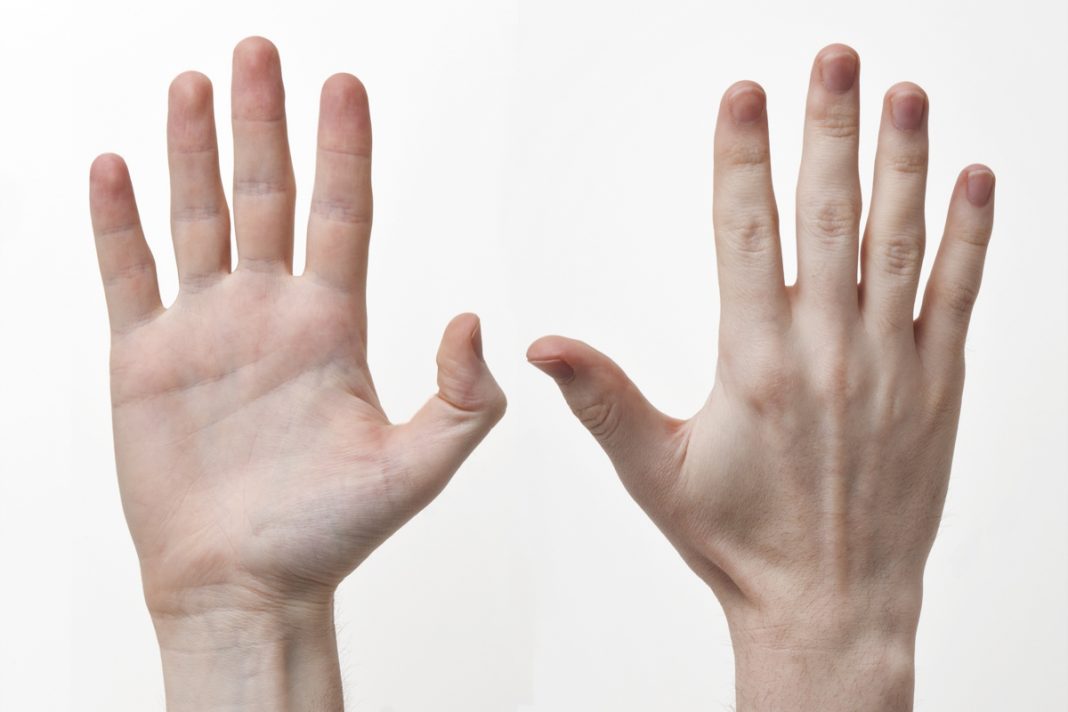Saddle Joints are Located in Which Joints? Examples & Definitions
When it comes to the number of joints within the human body there are going to be many different ones that you are probably able to think of. In fact, if you know anything about joints within the human body, you more than likely know that there are actually several different types of joints that allow you to move so freely and efficiently. One of the most common questions when it comes to the different types of joints within the human body however, is what exactly is a saddle joint and how is it able to help me move? Here is everything that you will ever need to know about saddle joints and how they help you move around on a daily basis.
What Exactly Is A Saddle Joint?
A joint by definition is going to be where two bones meetup. You have a synovial joint which is going to be one of the three different joints within your body. These synovial joints are very unique as they are going to contain a fibrous joint capsule that is full of synovial fluid. Some examples of synovial joints are going to include both the hinge joint, as well as the ball and socket joint. The final type of synovial joint is going to be known as a saddle joint.
Saddle joints get their name due to one part of the bone that actually forms the joint has a concave (it is essentially going to be turned inwards) at one of the ends and will basically look just like a saddle. The other end of the bone is going to be a convex (which will look as though it has been turned outwards) and is going to look just like somebody is riding in a saddle.
Another name for saddle joints is going to be sellar joints. These are going to be very flexible joints which can be found in different various places throughout your body, some of those places including your shoulders, your inner ear, and even in your thumb.
Here is a saddle joint example.
How Do Saddle Joints Move?
Unlike some of the other joints within your body, such as the ones that are found between the bones within your fingers, a saddle joint is going to have a much greater range of motion than any simple forwards and backwards type of movement. When it comes to saddle joints, there are going to essentially be two different types of movement that are known as abduction-adduction and flexion-extension.
When it comes to abduction and adduction, these types of movements are going to include moving away from your midline, as well as returning back towards your midline. As for flexion and extension, think of this movement as flexing your muscles or extending your muscles. When you flex your arm, this is an example of flexion. When you go to straighten your arm, this will be an example of extension.
Saddle joints provide your body with a very unique form of movement and are essential part of allowing you to make all of the movements throughout the day that your body makes.






